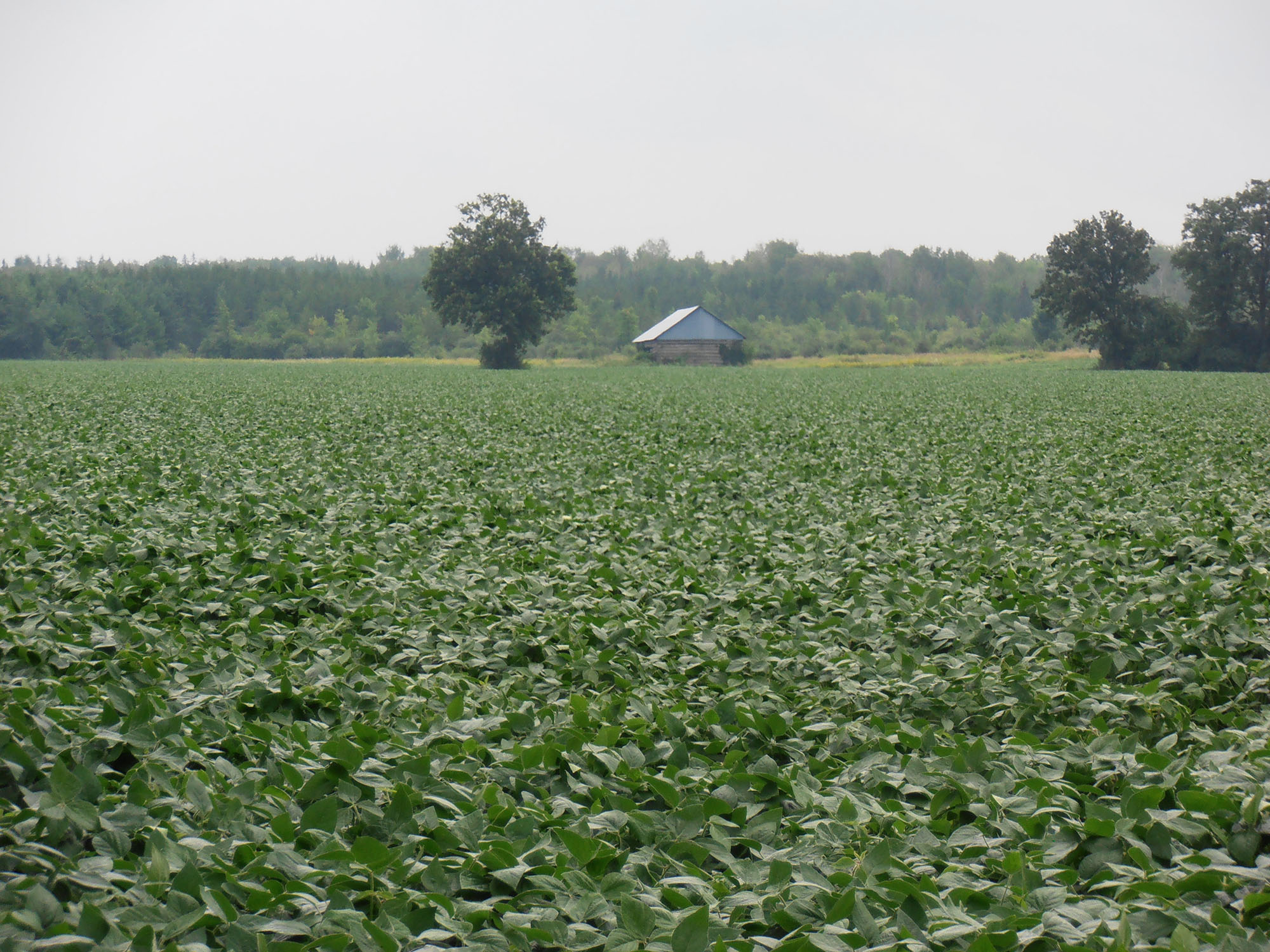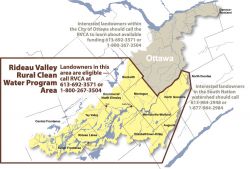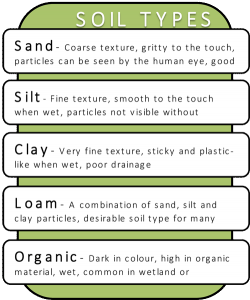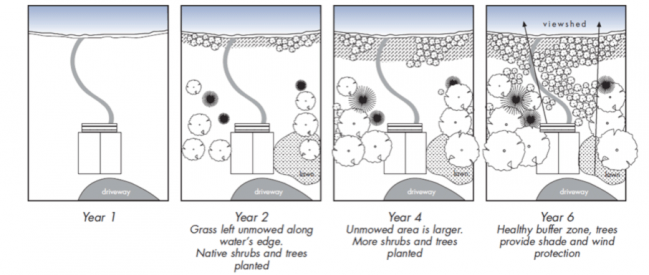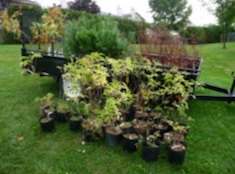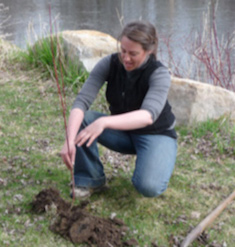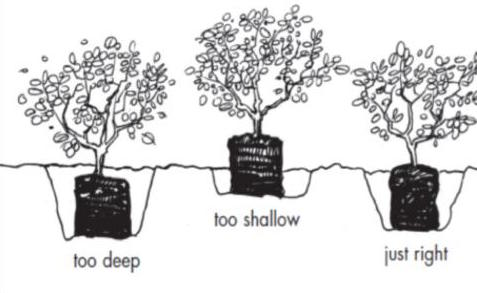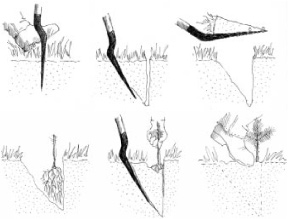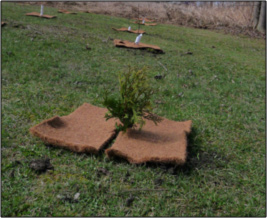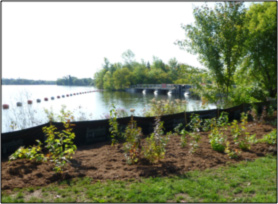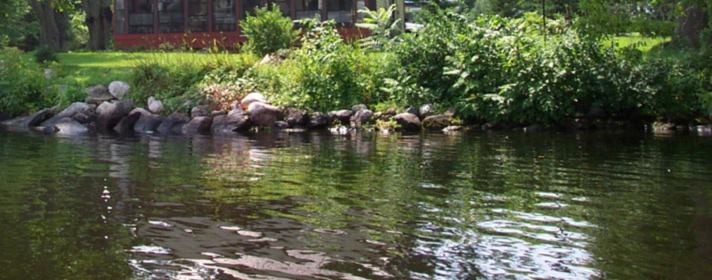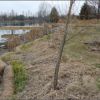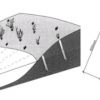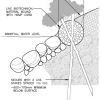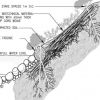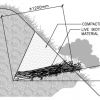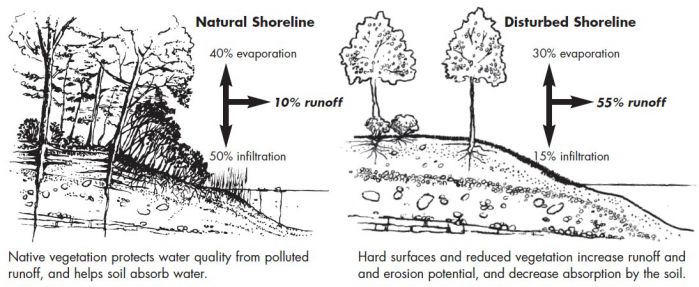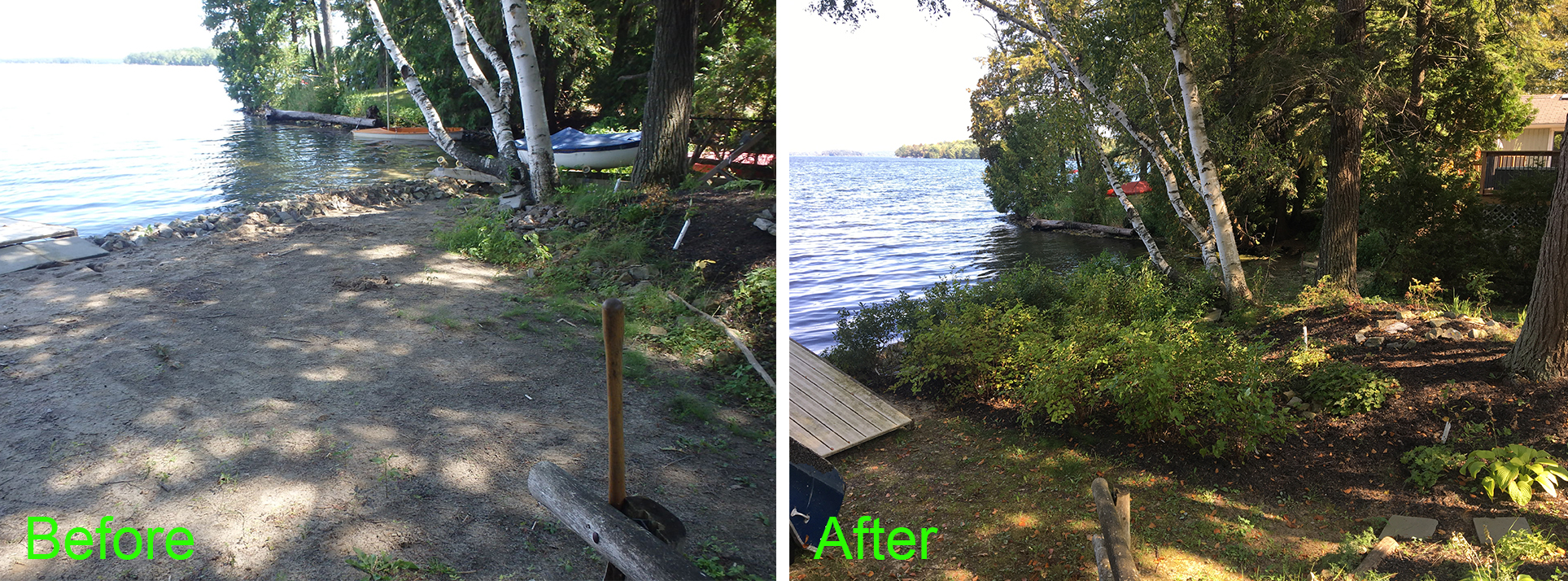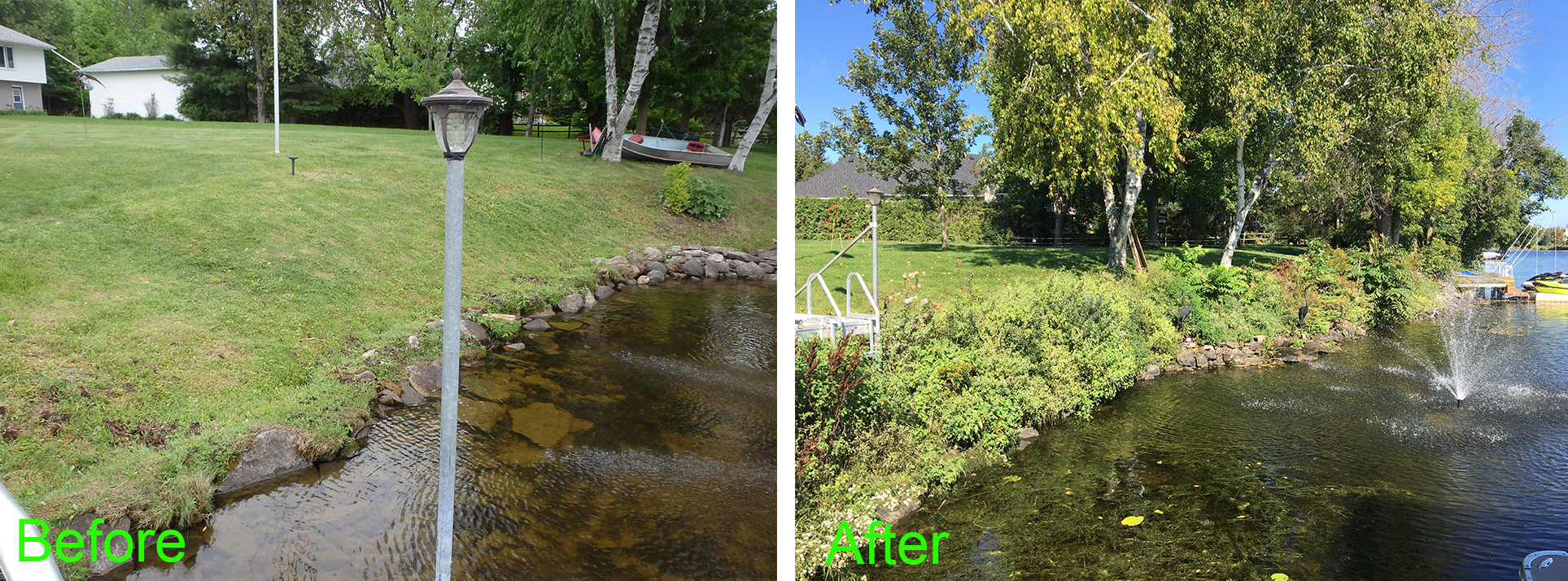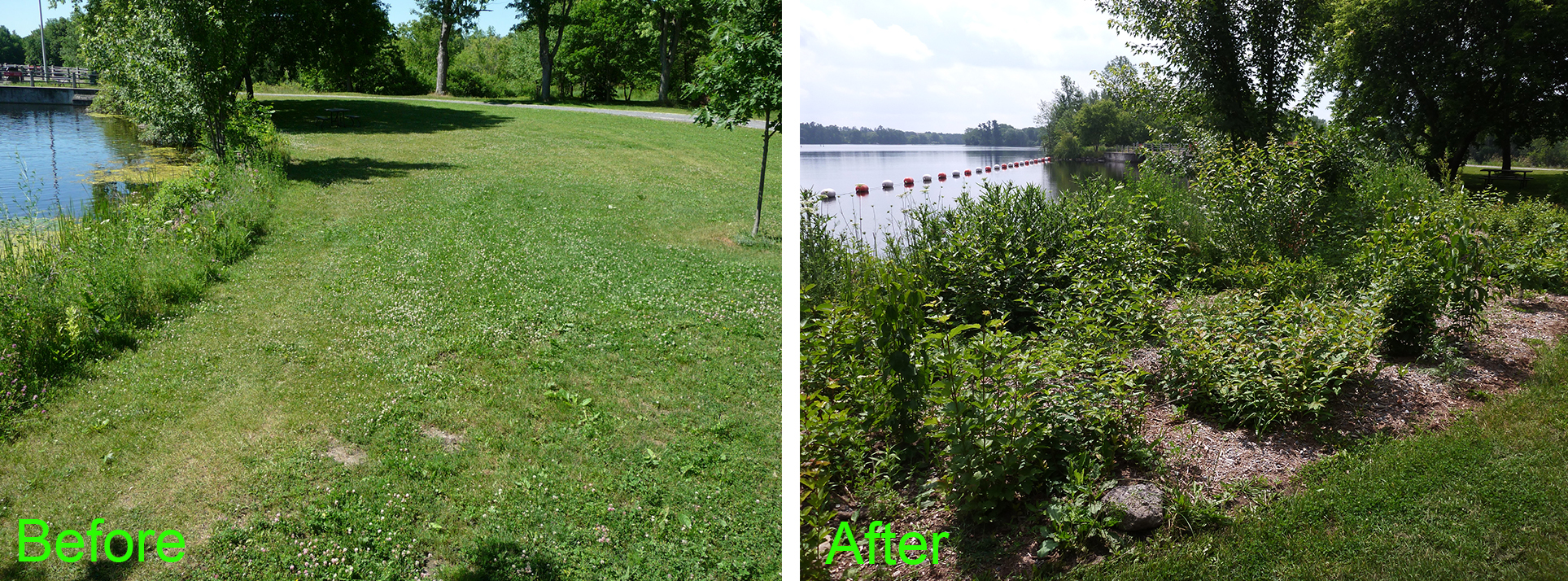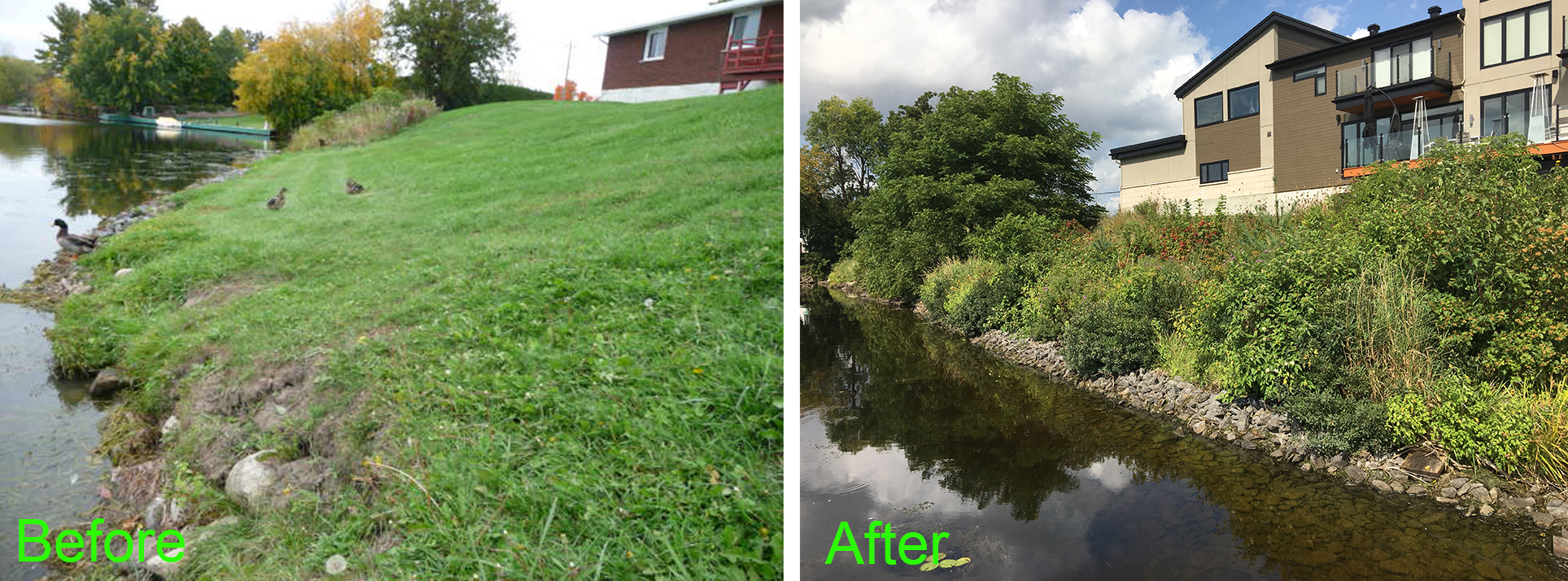
Stewardship (16)
For most properties, we require a minimum of 0.5 hectares (1.25 acres) in total area to be planted. For reference, 1 acre is approximately the size of 2.5 hockey rinks.
Areas that are Suitable
Old fields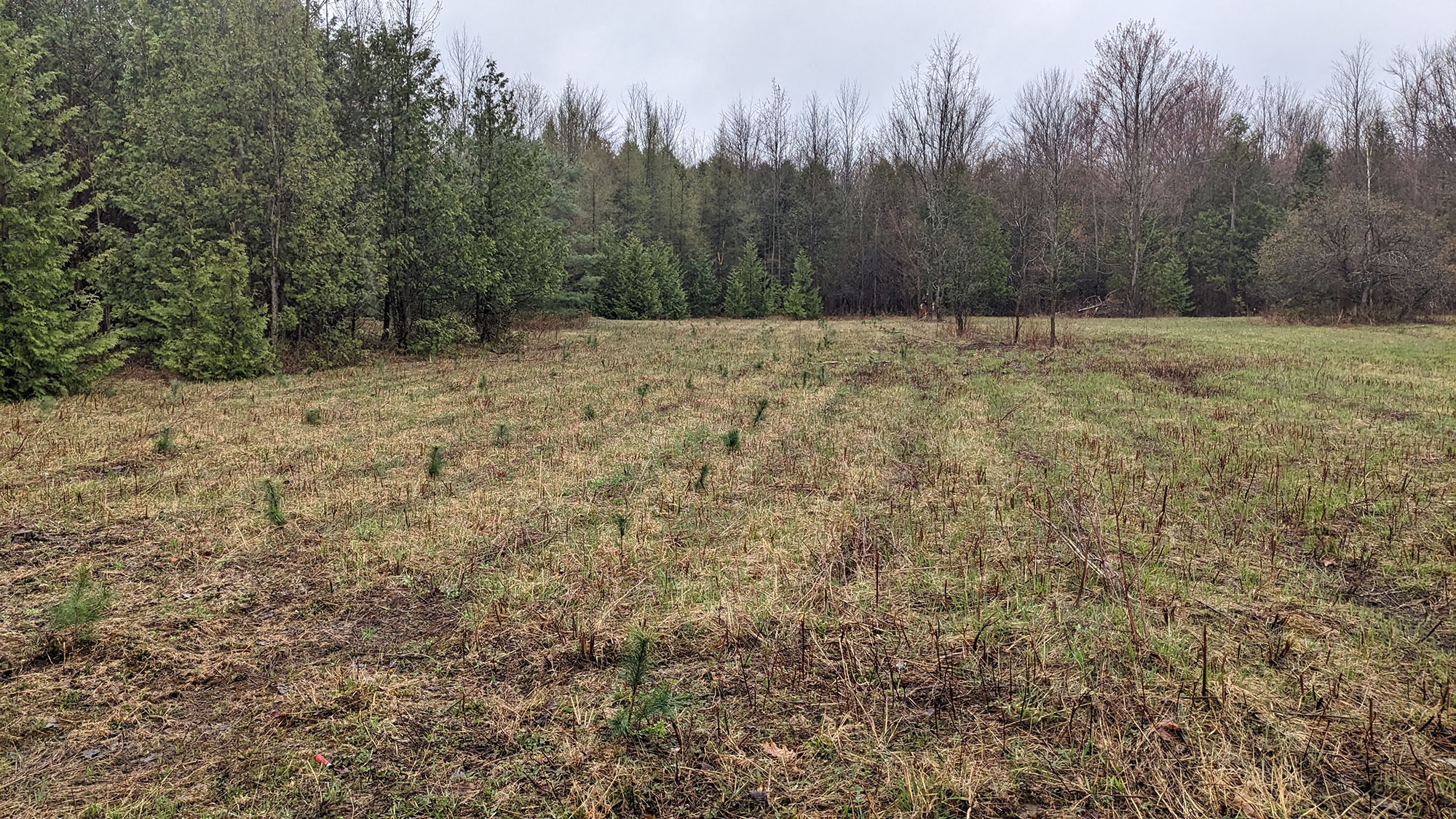 |
Shrub land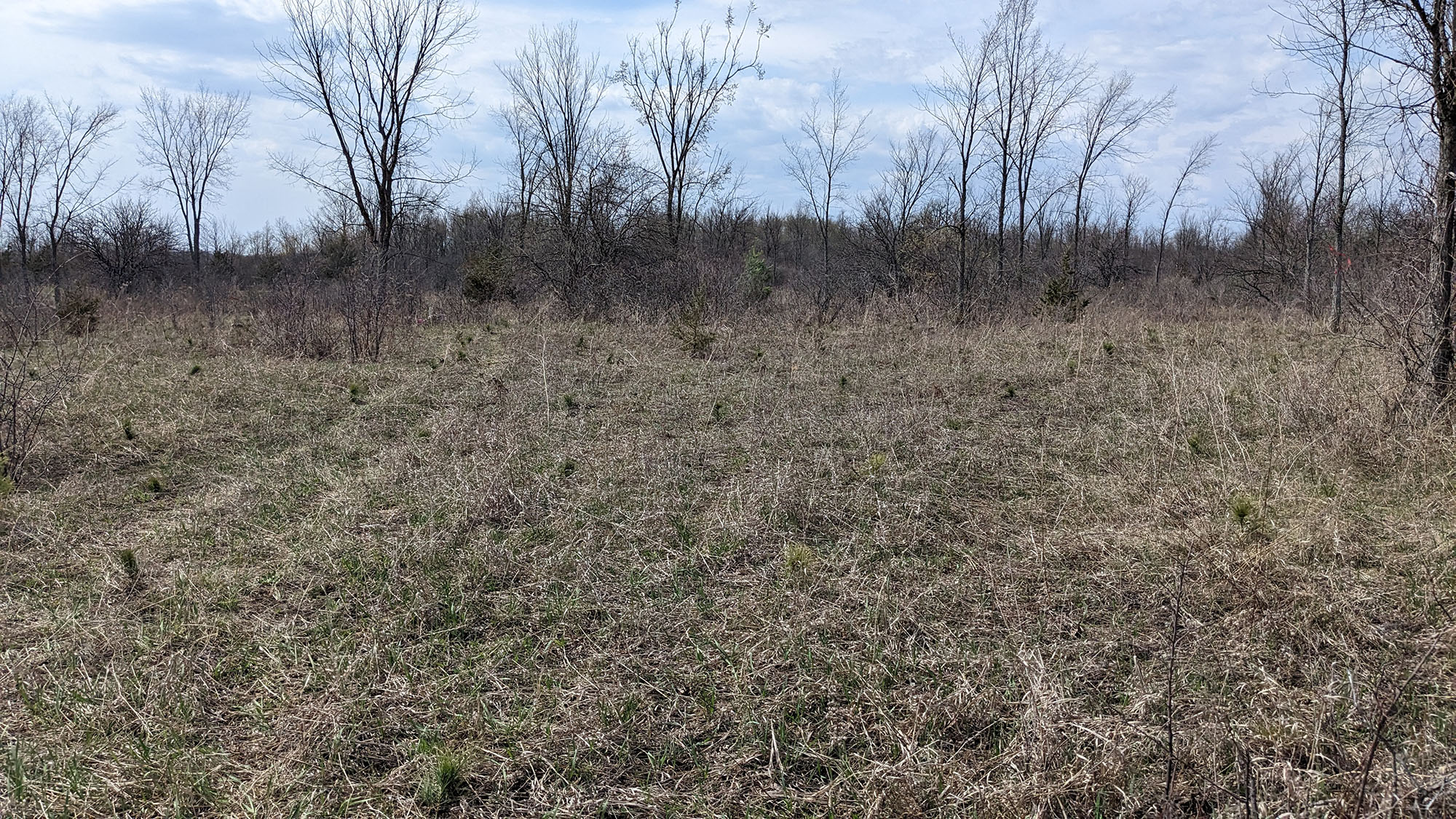 |
Residential lawns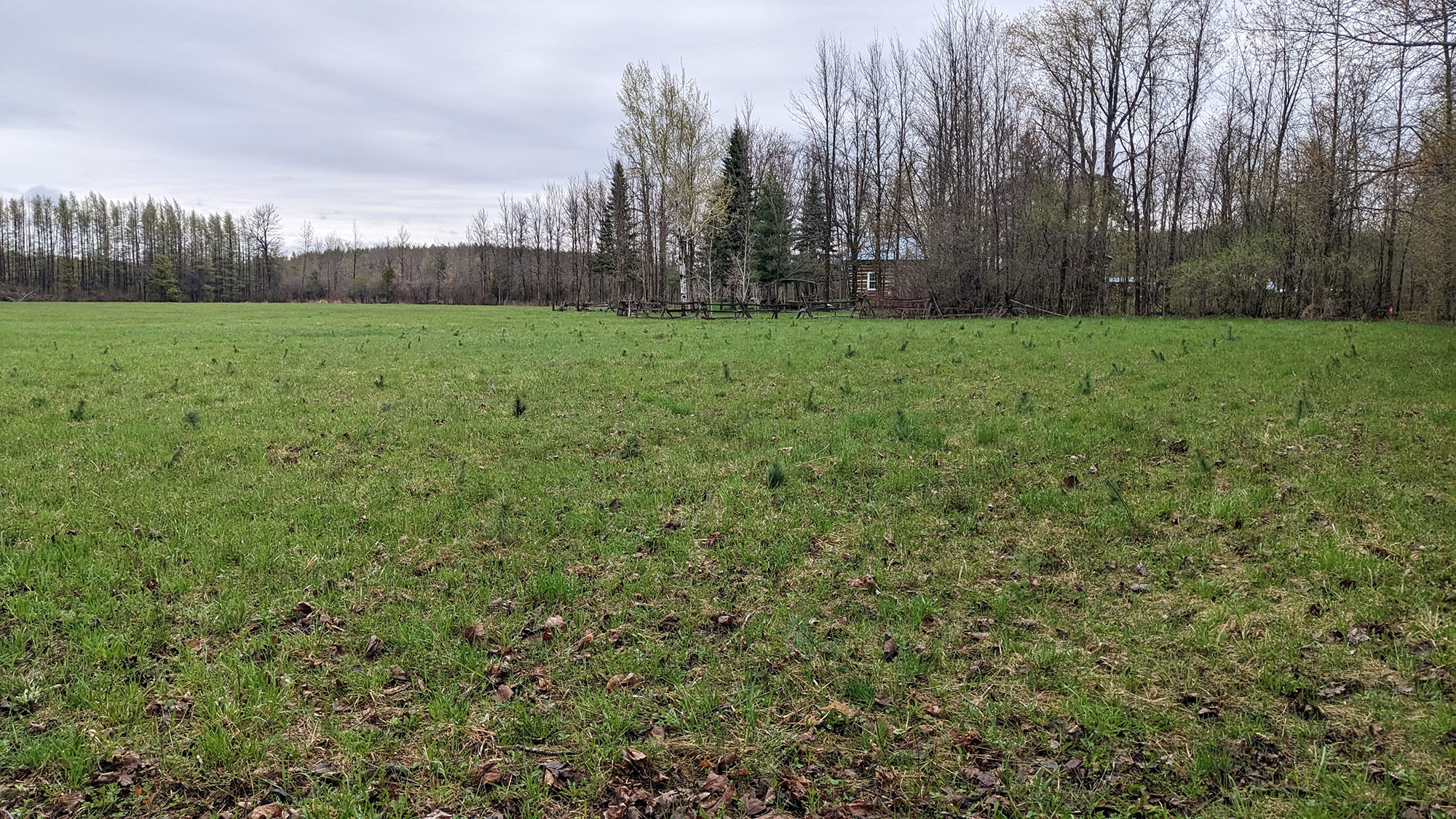 |
Windbreaks and Rows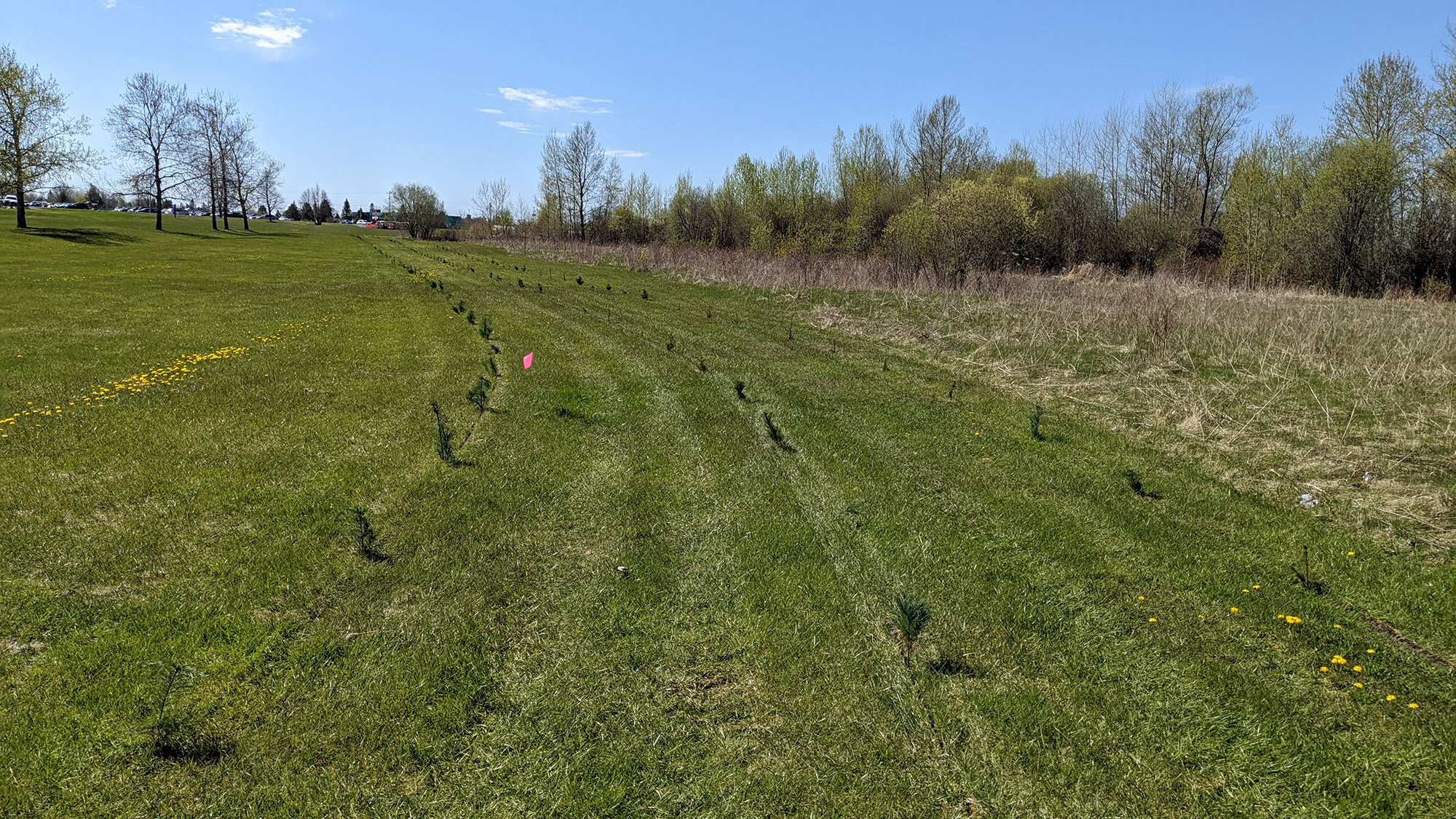 |
Areas that are Unsuitable
- Areas with existing tree cover
- Areas under hydro lines
- Very shallow soils or exposed bedrock
- Areas that flood or hold significant amounts of water in the spring
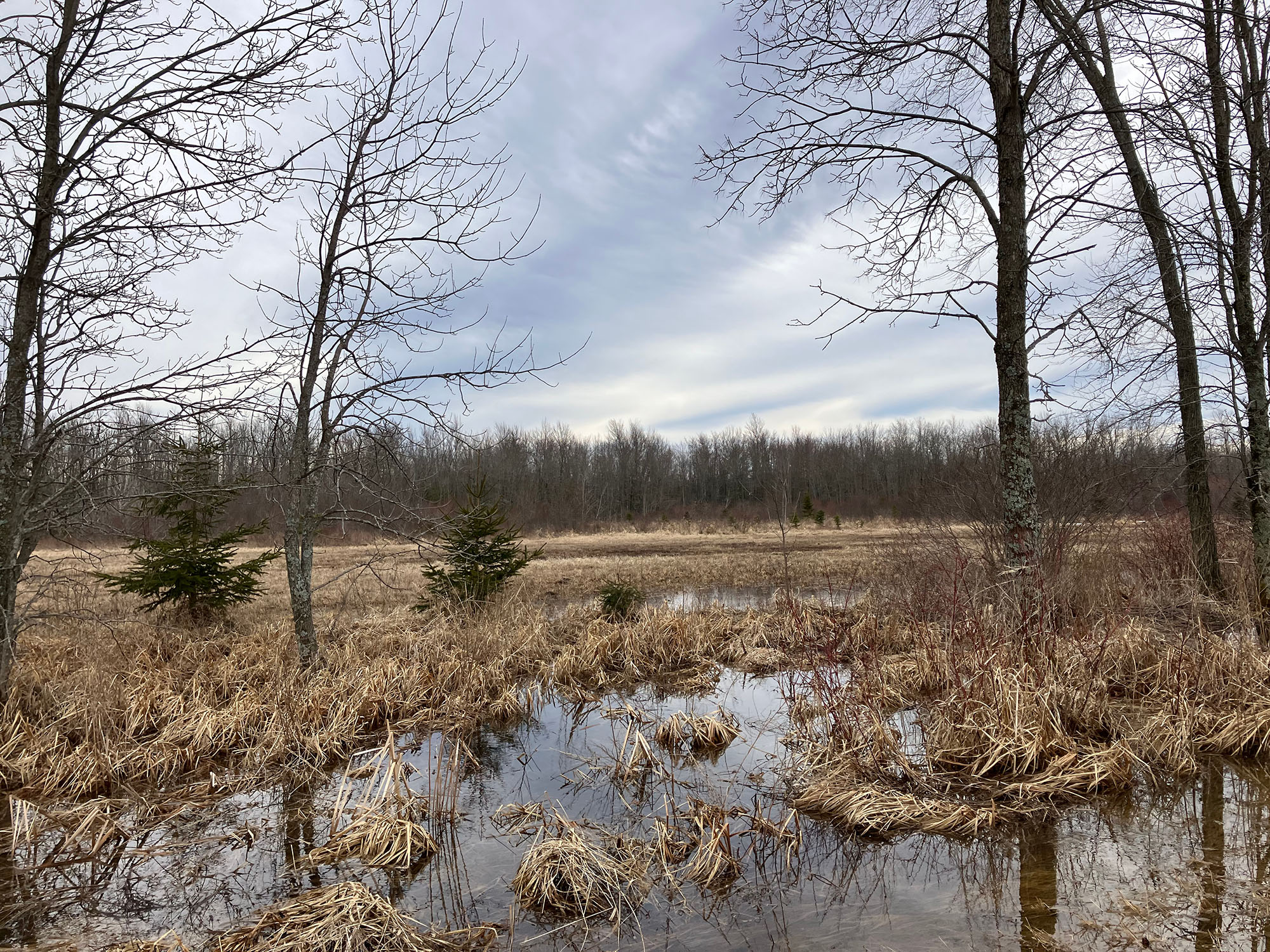
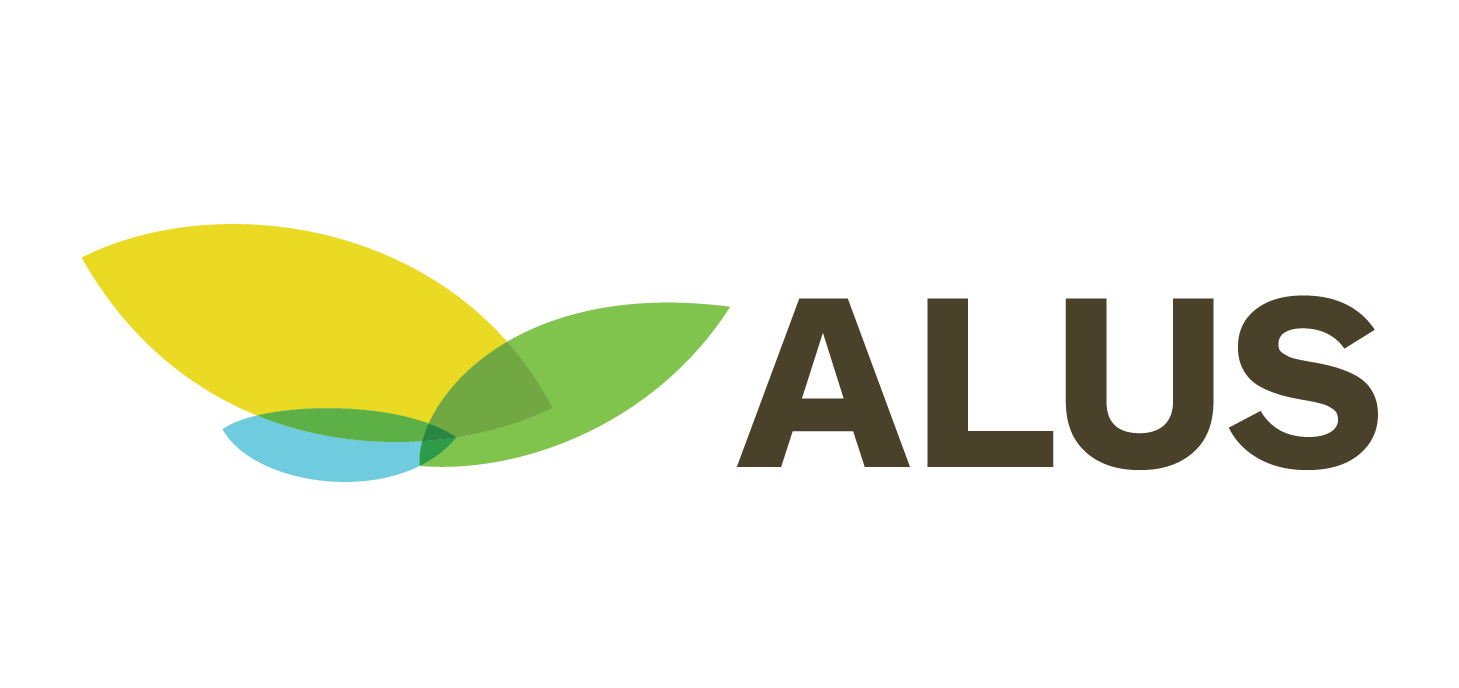
The Rideau Valley Conservation Authority and the Mississippi Valley Conservation Authority are partnering to deliver the ALUS Lanark program, an agricultural stewardship program aimed at creating, restoring, enhancing, managing, and maintaining ecosystem services on agricultural land. Delivered within the boundary of Lanark County, ALUS Lanark is made possible with the financial support of ALUS Canada and Environment and Climate Change Canada.
ALUS Lanark is a community-based and farmer-delivered program that provides technical and financial support to farmers, as well as annual payments to ensure the ongoing stewardship of ecosystem services on their land.
Projects supported will depend on available funding each year. Projects should be on marginal, ecologically sensitive, or inaccessible land, and may include:
- Wetland creation, enhancement, or restoration
- Reforestation, windbreaks, shelterbelts, and buffers
- Grassland restoration
- Pollinator habitat and wildlife food plots
- Delayed cut and delayed grazing
- Erosion control and livestock exclusion
- Habitat structures
- Other ecologically beneficial projects
To be eligible:
- Projects must be within Lanark County.
- Landowners must have a valid Farm Business Registration Number.
- Projects will not replace existing habitat with a new habitat type.
- Projects will not remove more than 20% of land from a farming operation.
If you have any questions, contact the Rural Clean Water Program at 613-692-3571 ext. 1136 or via email at .
Ready to apply? Click here for instructions or download your application form here. Please note you will need Adobe Acrobat Reader to e-sign your form.
Thank you for your interest in protecting the land and water we all rely on! We look forward to working with you.
Please note: Funding is limited and provided on a first-come, first-served basis. Projects completed prior to contacting RVCA will not be eligible for funding.
Eligibility and approval:
Eligible Landowners:
- Farmers who have completed a 3rd edition or newer Environmental Farm Plan (EFP)
- Rural non-farmers who have completed a Healthy Home Guide may be eligible for funding (the Healthy Home Guide will be provided during site visits)
Applicants must:
- Apply prior to starting work on your project
- Obtain all necessary permits, approvals, and meet all legal requirements
- Complete a 3rd or 4th Edition Environmental Farm Plan (farm projects), or Healthy Home Guidebook (non-farm projects).
What is generally eligible for funding?
- Permit / approval costs
- Purchased materials and supplies
- Contract labour and professional fees
BEFORE you start your project, please contact the RVCA at 613-692-3571 ext. 1136 to register your information, confirm eligibility and apply.
Submitting your application:
Download your application form here. Please note you will need Adobe Acrobat Reader to e-sign your form.
Submit completed application with all estimates, quotes and necessary permits to:
Rural Clean Water Program
Box 599, 3889 Rideau Valley Dr.
Manotick, ON K4M 1A5
Or email your application package to
Approval process:
- A site representative will visit your property
- Project is assessed by our Review Committee
- Project grant proceeds if approved
- Payment issued upon completion of work, inspection by site representative and submission of all permits, approvals and proof of payment
More questions? Click here to view our FAQs (frequently asked questions).
Rural Clean Water Grants for farmers and rural landowners
Rural Clean Water Grants help to improve water quality in our local rivers, streams and creeks by reducing pollution and the volume of water running off the land. Teaming up with farmers and rural residents, we provide financial support and technical assistance for on-the-ground projects that improve and protect water quality.
Rural Clean Water Grants up to $15,000 per project are available through three programs, based on location and project type:
- Ottawa Rural Clean Water Program for properties within the City of Ottawa (Rideau Valley, Mississippi and South Nation watersheds)
- Rideau Valley Rural Clean Water Program for properties outside the City of Ottawa, but in the remainder of the Rideau Valley
- ALUS Lanark for agricultural properties in Lanark County (RVCA and MVCA watersheds)
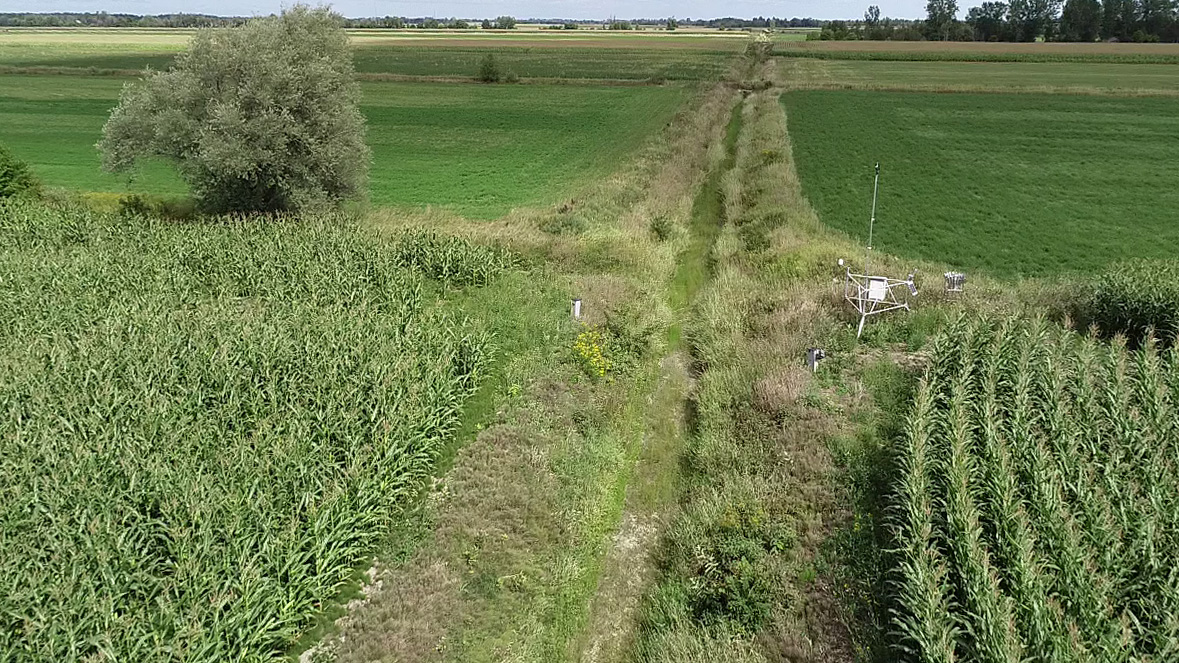
Eligible Projects:
Eligible projects for farmers include, but are not limited to: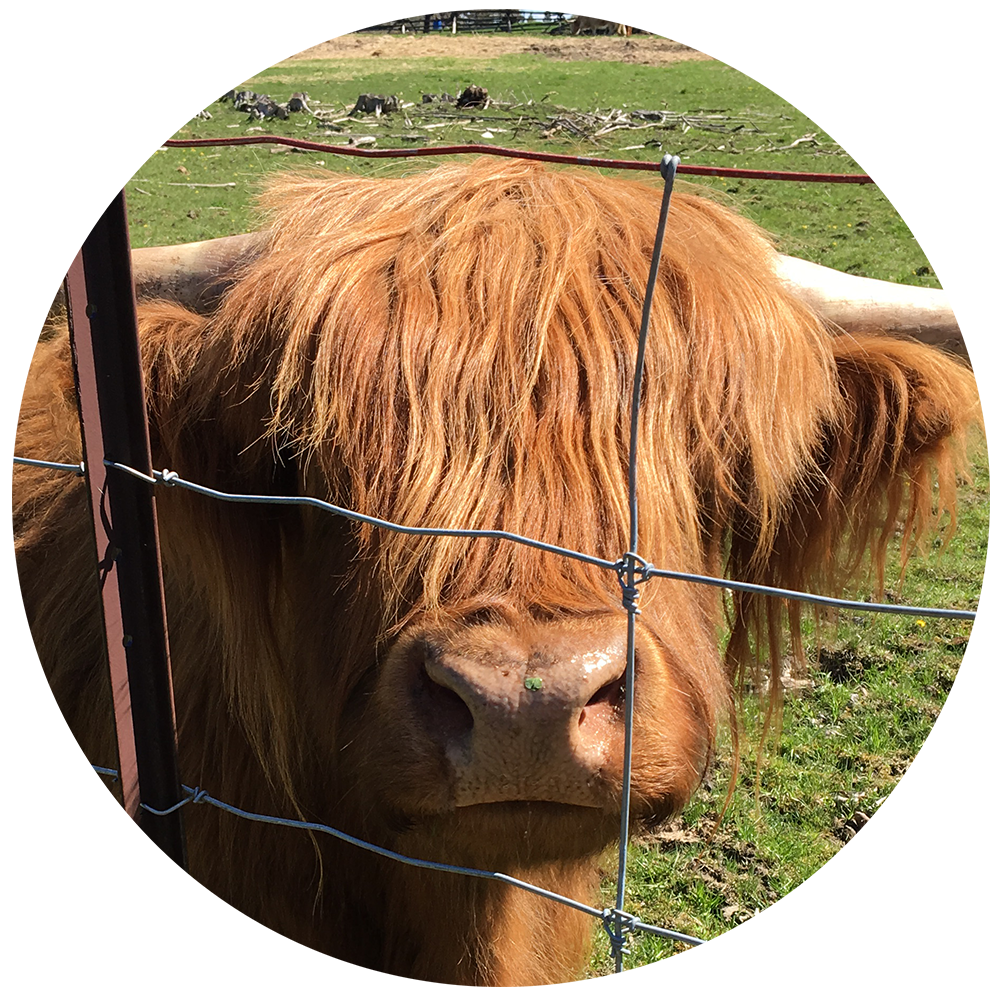
- livestock fencing
- chemical and fuel storage
- manure storage and treatment
- nutrient management and precision farming
- controlled tile drainage
- cover crops
- annual payments for ecosystem services
- wastewater treatment
- wetland creation or enhancement
- windbreakers, buffers, and grasslands
Eligible projects for all rural residents include, but are not limited to:
- erosion control
- buffers
- well replacements, upgrades or decommissioning
- septic repair
- forest and wetland management plans
Grants:
Grant amounts and eligibility may vary by grant program, available funding and project type. Always contact us before starting your project, as we cannot offer grants for completed projects.
Deadline for grant applications is May 1 of each year, but depending on funding we may approve project proposals received after this date.
Ready to apply? Click here for instructions or download your application form here. Please note you will need Adobe Acrobat Reader to e-sign your form.
If you are a resident of the City of Ottawa with Ash trees that have been affected by the Emerald Ash Borer (EAB), you may be eligible for funding for the removal and replacement of your trees.
As part of a partnership with the City of Ottawa, South Nation Conservation is offering a new Ash Tree Replacement Pilot Program to assist landowners within the City of Ottawa affected by the EAB on private property. Landowners may be eligible to receive up to $500 in cost-share funding towards the removal and replacement of an infected Ash tree on their property, up to a maximum of $5,000 per landowner. Funding is limited to a first-come, first-serve basis and is available to all property owners within the entire City of Ottawa.
All work related to tree removal and replacement must be performed by a registered forestry professional.
Visit nation.on.ca/eab to learn more about the program and to access an application form.
Program Contact:
Karen Paquette
South Nation Conservation
1-877-984-2948 ext. 286
Lake Planning Program
NEW! Lake Protection Workbook —A Self-Assessment Tool for Shoreline Property Owners
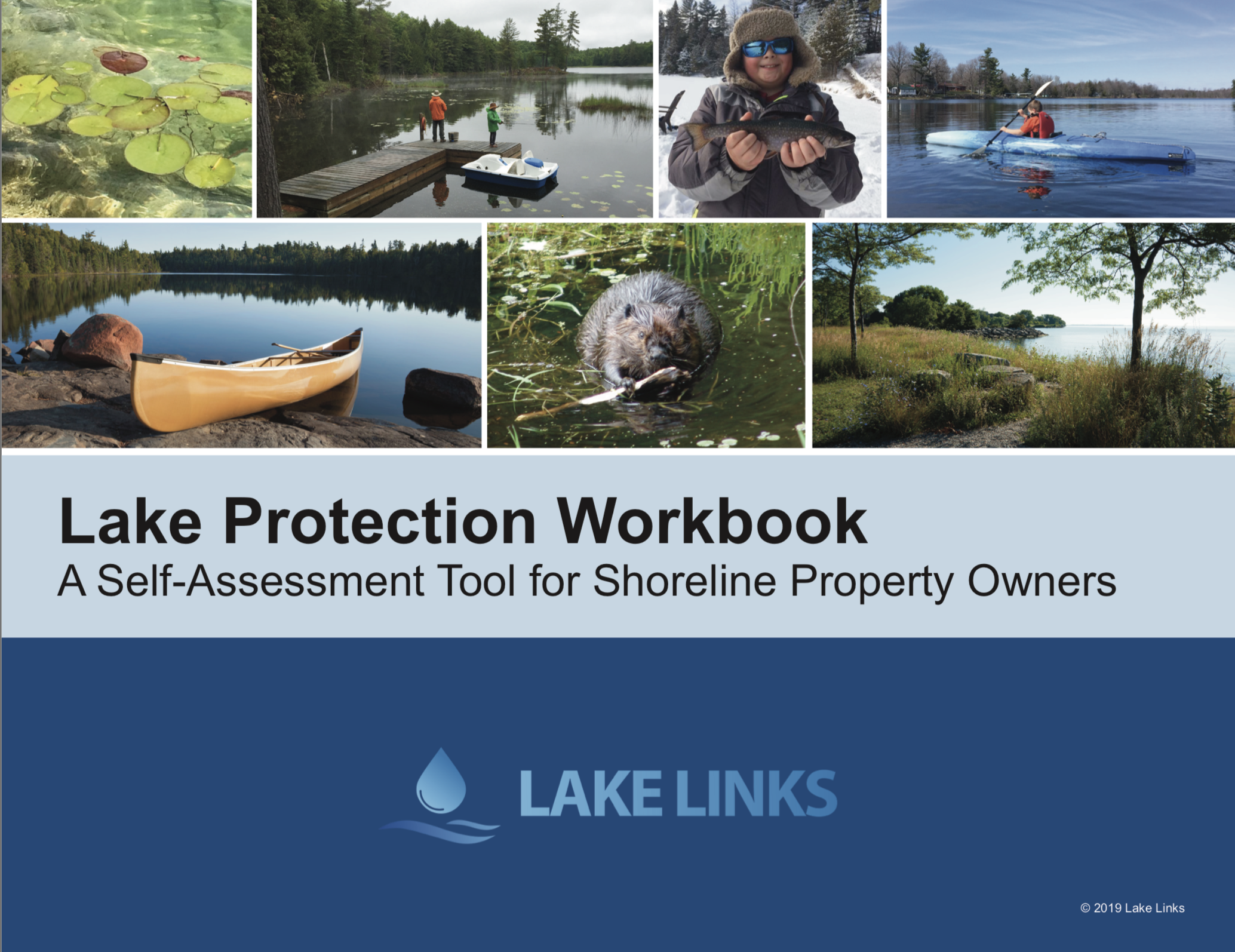 Learn all about the important functions of your shoreline property. Score yourself and learn about how you can make improvements that benefit your lake, river or stream.
Learn all about the important functions of your shoreline property. Score yourself and learn about how you can make improvements that benefit your lake, river or stream.
This Workbook was produced by the Lake Links Planning Committee with collaboration and review from: Cataraqui Region Conservation Authority, Friends of the Tay Watershed Association, Lake Networking Group, Lanark County Stewardship Council, Mississippi Valley Conservation Authority, Ontario Ministry of Natural Resources and Forestry, Rideau Valley Conservation Authority, and Watersheds Canada.
Printing funded by Watersheds Canada and the Daniel and Susan Gottlieb Foundation.
Digital downloads are free (8.6 MB). Printed copies are $1.50. Contact for more details.
Background
From 2005 to 2008, the Lake Management Planning Program provided information and guidance to lake groups within the Tay Valley Township and the Tay River Watershed interested in developing lake plans. The program was organized by the Friends of the Tay Watershed, Lanark County Stewardship Council, Mississippi Valley Conservation Authority, Otty Lake Association, Rideau Valley Conservation Authority, and the Tay Valley Township.
The Lake Management Planning Program provided:
- Information packages on the benefits and process of lake planning;
- Workshops aimed at sharing information about lake issues;
- Support and assistance in the development of State of the Lake Reports and Lake Plans;
- A comprehensive website offering helpful lake planning resources and templates
2009 Onward . . .
Although the funding for this very successful program has come to an end, the partners remain committed to lake planning and continued support for the development of lake plans to protect the health of local lakes and their watersheds. For more information, resources and assistance contact meaghan.mcdonald@rvca.
Helpful Links
- Lake Planning Handbook for Community Groups
- North American Lake Management Society
- A Citizen’s Guide to Lake Protection
- Guide to Lake Protection and Management
- Landowner Resource Centre
- Example Lake Plans and State of Lake Reports are available by request.
Lake Links Workshops
Since 2002, the Lake Links Workshop has been an annual opportunity for representatives of lake associations and other volunteer stewardship groups in Eastern Ontario to come together with government and non-government agencies to listen to speakers, share information, and address common lake and river issues that matter most to Eastern Ontario communities. The workshop has become an important networking opportunity for these groups and has fostered excellent partnerships, communication and collaboration with regional government and non-government organizations.
For more information on the Lake Links Workshop, visit Watersheds Canada.
More Resources
The Rideau Valley Rural Clean Water Program (RVRCWP) offers grants and technical assistance program for on-farm and rural projects that protect water quality in the Rideau River watershed outside the City of Ottawa (see map). We work in partnership with individual landowners to help protect the land and water we all rely on.
The RVRCWP is guided by a Steering Committee made up of local citizens drawn from farm organizations, environmental interest groups as well as all levels of government with a direct link to the water environment.
Projects completed create a win-win situation all around. The landowner gets a helping hand with the financing of conservation work, the program sponsors get the pleasure of giving back to their community, and our children and grandchildren get to enjoy a clean healthy Rideau River as our legacy to them all.
Funding is limited and provided on a first-come, first-served basis. Projects completed prior to contacting RVCA will not be eligible for funding.
Eligible Landowners
- Farmers who have completed a 3rd edition or newer Environmental Farm Plan (EFP)
- Rural non-farmers who have completed a Healthy Home Guide, may be eligible for funding
- The Healthy Home Guide will be provided uring site visits
Applicants must:
- Apply prior to starting work on your project
- Obtain all necessary permits, approvals, and meet all legal requirements
- Complete a 3rd or 4th Edition Environmental Farm Plan (farm projects), or Healthy Home Guidebook (non-farm projects).
What is generally eligible for funding?
- Permit / approval costs
- Purchased materials and supplies
- Contract labour and professional fees
If you are interested in applying for a grant, please contact the RVCA AT 613-692-3571 ext. 1136 to register your information and confirm eligibility
Download your application form here.
Do you have more questions about the RVRCWP?: Click here to view our FAQs (frequently asked questions).
RVRCWP Eligible Project Categories
| Eligible Projects/ Click here to view project details, download RVRCWP brochure | Maximum Grant % | Maximum Grant $ |
|---|---|---|
| Clean Water Diversion* | 50% | $5,000 |
| Surface/Wastewater Treatment/Management* | 50% | $5,000 |
| Livestock Restriction from Water–Livestock Crossing, Alternate Watering, Fencing* | 90% | $7,500 |
| Pesticide/Chemical/Fertilizer/Fuel Storage and Handling Facility* | 50% | $1,000 |
| Nutrient Management Plans/Precision Farming* | 50% | $1,000 |
| Manure Storage/Treatment* | 50% | $15,000 |
| Controlled Tile Drainage* | 80% | $1,000 |
| Erosion Control - Field and Tile Outlet* | 90% | $3,500 |
| Cover Crops* | $50/Acre | $1,000 |
| Land Retirement* | $150/Acre | $1,500/Year |
| Erosion Control - Shoreline | 90% | $3,500 |
| Buffers | 90% | $7,500 |
| Windbreaks | 75% | $6,000 |
| Forest & Wetland Management Plans | 75% | $750 |
| Private Sewage System Repair | 50% | $1,000 |
| Well Upgrade | 50% | $500 |
| Well Decommissioning | 90% | $1,000 |
| Well Replacement | 50% | $2,000 |
| Education Initiative | 75% | $1,000 |
| Innovative Projects | 50% | $5,000 |
*Available only to farmers with an Environmental Farm Plan (EFP)
Please note: program grant rates may change without notice or be adjusted by the Review Committee.
BEFORE YOU COMPLETE YOUR PROJECT, contact RVCA for program information.
- Submit completed application to:
Rural Clean Water Program,
Box 599, 3889 Rideau Valley Dr.,
Manotick, ON K4M 1A5 or - Be sure to attach your estimates/quotes and any necessary permits
- A site representative will visit your property
- Project is reviewed by our Review Committee
- Project proceeds if approved
- Payment issued upon completion of work, inspection by site representative and submission of all permits, approvals and proof of payment
Download your application form here
Additional Links
Every shoreline is unique and requires different approaches to naturalization. Current and desired land use, existing conditions, soil type, availability of sunlight and moisture, and naturalization goals all play a significant role in selecting the appropriate naturalization methods. Some methods may include:
- Creating a “no-mow” zone near the shoreline and allowing vegetation to re-establish on its own.
- Active planting of native trees, shrubs, grasses, wildflowers and/or aquatic plants in the buffer area.
- Placing or allowing the accumulation of woody debris along shoreline.
- Removal or “softening” of existing hard structures like retaining walls, gabion baskets and rip rap.
- Utilizing various bioengineering methods such as coir logs, live cuttings, and brush mattresses to control or reduce erosion.
Rural Clean Water Grants help to improve water quality in our local rivers, streams and creeks by reducing pollution and volume of water running off the land. Teaming up with rural residents, financial support and technical assistance are available for on-the-ground projects that improve and protect water quality.
Rural Clean Water Grants are available through one of two programs based on location:
- Ottawa Rural Clean Water Program for properties in the City of Ottawa
- Rideau Valley Rural Clean Water Program for properties outside the City of Ottawa, but in the remainder of the Rideau Valley.
We are working to help butternut persist on the landscape.
The Butternut Canker Disease is threatening the very survival of Butternut across the entire natural range in North America including the Butternut populations in eastern Ontario.
Butternut Recovery Program:
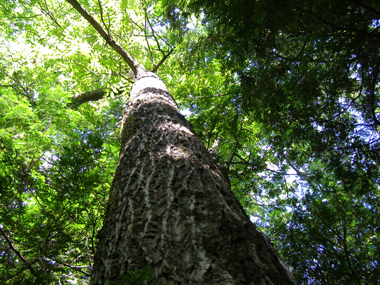
- informs landowners about the endangered status of Butternut and encourages them to maintain their healthy trees
- locates, assesses and maps healthy Butternut trees, to be logged in a seed-source geodatabase
- collects seeds from healthy trees and those showing signs of tolerance throughout Eastern Ontario
- grows seedlings from these seeds each fall at the Ferguson Forest Centre in Kemptville for the Landowner Butternut Planting Program, which:
- distributes 2,000 vigorous seedlings to hundreds of landowners across Eastern Ontario to replace dead and dying Butternut trees
- tracks survival and health of planted Butternuts via landowner volunteer reporting
- continually re-assesses the health of the butternut seed trees in the database and forecasts seed crops each summer
- collects leaves or buds from seed trees to DNA test for hybridization to ensure we are only collecting seeds from pure Butternut
- makes tolerant trees available for cloning to support the long-term grafting program managed by the Forest Gene Conservation Association (FGCA)
Species At Risk Compensation Program:
- makes Butternut seedlings available within MNRF Seed Zones 35 and 36 for MECP (Ministry of Environment, Conservation & Parks) compensation permits
- Seedlings are planted and maintained at several butternut groves on RVCA properties across the watershed
- These groves will be managed long-term as Butternut Seed Orchards for the recovery program.
Why Are Butternut Endangered?
Butternut trees in Eastern Ontario and across their entire natural range in North America are under attack by the Butternut Canker Disease. This is a deadly fungal disease that attacks all Butternut trees regardless of their age or size. There is no known cure for the disease but there is hope in locating trees that appear to have a natural tolerance to the disease. These rare individuals are the focus of the recovery program in Ontario for seed collection to produce vigorous seedlings for out-planting and to clone the genetic material of these trees through grafting in an effort to eventually save the species.
Butternut is classified as an endangered species under the Ontario Endangered Species Act (ESA 2007). It is illegal to harm or kill a naturally occurring Butternut tree without a Butternut Health Assessment. Seedlings planted through our program are exempt from the protection of the ESA.
Why are Butternut Important?
The Butternut (Juglans cinerea) is a native tree species that has co-existed as part of the Eastern Ontario forests for thousands of years. In Canada, it grows across southern Ontario, Quebec and New Brunswick. The presence of Butternut is important for several historical, ecological, economic and medicinal reasons: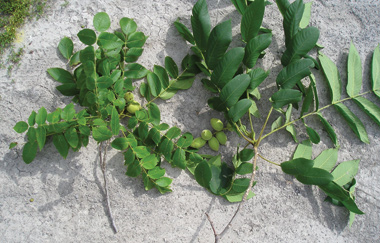
- Butternut wood is cherished for fine furnishings, paneling, carving and turning
- Butternut bark, roots, nut oil and husks all have medicinal qualities ranging from arthritis and headache relief to lowering human cholesterol (please seek medical advice before trying)
- Butternut is an important food source for small mammals, birds and humans
- Edible nuts were used by First Nations and settlers for their high oil content and concentration of omega-3 fatty acids; the dried nuts can be stored for years
Get Involved!
There are three ways to get involved:
- If you have healthy butternut. Please contact Rose at
- If you want to plant butternut. Please contact Ian at
- If you want to volunteer to help collect seeds, let us know. Please contact Ian at
Contact:
Rose Fleguel, Butternut Recovery Technician
613-858-3678
Resources:
More...
1. Water Quality Protection
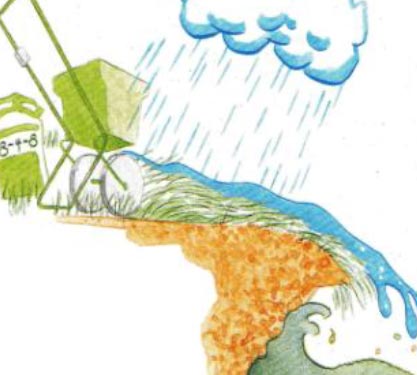 Surface water runoff contains pollutants such as:
Surface water runoff contains pollutants such as:
- Fertilizers (nutrients) & pesticides
- Soil particles (sediments)
- Road salt
- Vehicle fluids (gasoline, etc.)
- Others (pet/livestock waste, septic leachate, etc.)
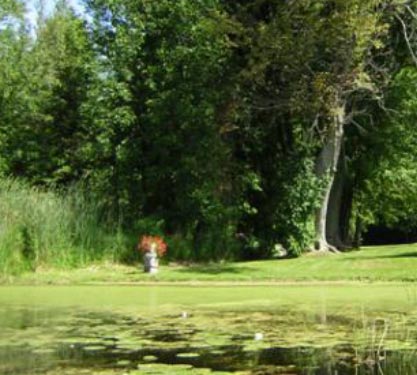 These pollutants result in:
These pollutants result in:
- Algal blooms & excessive weed growth
- Loss of recreation opportunities (swimming, boating, etc.)
- Loss of fish and wildlife habitat
- Overall contaminated watersources
- Potential contamination of drinking water sources
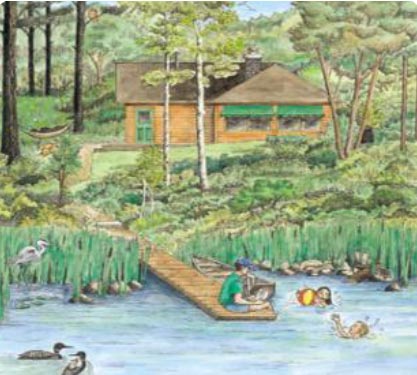 Naturalized, vegetated shorelines with lots of native trees and shrubs reduce these effects by acting as a buffer to:
Naturalized, vegetated shorelines with lots of native trees and shrubs reduce these effects by acting as a buffer to:
- Absorb nutrients and contaminants
- Trap sediments
- Encourage infiltration
2. Improved Wildlife Habitat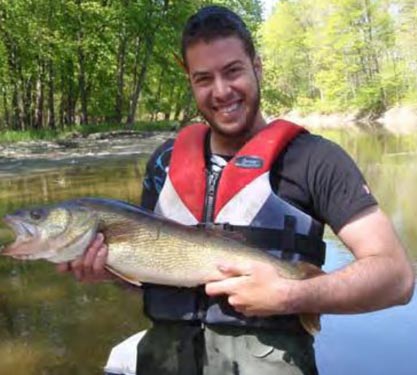
- Native vegetation along waterways provides shelter, food and safe travel corridors for wildlife.
- The berries of many shoreline shrubs provide a critical winter food source for birds and other animals.
- Fallen trees and over-hanging branches and vegetation are a natural occurrence and provide excellent habitat and refuges for fish.
- Shade provided by vegetation can significantly reduce water temperatures creating a more favourable environment for many fish species.
- Healthy fish habitat and communities contribute significantly to the economic and social interests of many Ontario communities. Angling is a $2.4 billion industry (annually) in Ontario. (Ministry of Natural Resources)
3. Erosion Protection
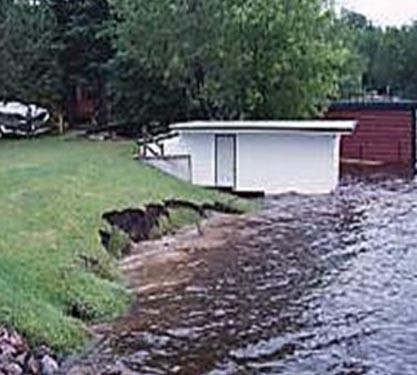 Soils along the shorelines of lakes, rivers and streams are gradually weathered, displaced and deposited by various means including wind, water, ice and gravity. Although erosion is a natural process, it can be dramatically accelerated by changes in land use such as the removal of shoreline vegetation.
Soils along the shorelines of lakes, rivers and streams are gradually weathered, displaced and deposited by various means including wind, water, ice and gravity. Although erosion is a natural process, it can be dramatically accelerated by changes in land use such as the removal of shoreline vegetation.
- Without the presence of a healthy vegetated buffer, shorelines have reduced resistance against erosion, potentially resulting in a loss of habitat, soil stability and land.
- Excess sediment in the water caused by erosion can be problematic for aquatic wildlife by reducing clarity, burying fish spawning grounds, clogging gills and limiting plant growth.
- Natural, vegetated shorelines help prevent erosion because the roots of trees and shrubs trap soil in place, stabilize the bank and help to absorb wave energy.
4. Others
Requires Less Maintenance
- Naturalized shorelines require less maintenance than alternatives such as turf grass and can be left to grow on its own with minimal pruning or trimming to maintain views.
Flood Abatement
- Shoreline vegetation helps to slow down surface water runoff and encourages infiltration into the ground. This helps to reduce peak water flow and flooding during storm events and spring melts. It also helps with ground water recharge.
- Stored water is released slowly during drier periods helping to maintain water levels.
Discourages Nuisance Geese
- Shoreline trees and shrubs discourage the presence of nuisance geese by obstructing their sight lines to the water.
- Discouraging geese prevents the accumulation of goose waste which contains e. coli and nutrients harmful to water quality.
Wind Breaks
Shoreline vegetation can help protect your property from wind by acting as a windbreak. Wind breaks have many benefits including:
- erosion protection
- reduced heating costs in winter
- reduced noise and dust
The City of Ottawa's Rural Clean Water Program looks to improve water quality in our local rivers, streams and creeks by reducing pollution and the volume of water running off the land. Teaming up with rural residents, the City offers financial support and technical assistance for on-the-ground projects that improve and protect water quality.
The program was developed in partnership with local farm and rural organizations, government agencies, municipalities and universities. The Conservation Authorities of Ottawa assist with program delivery.
To learn more about the program and available funding, or to submit an application form, please visit the City of Ottawa’s webpage.
It’s time for a shoreline makeover!
Want to fight erosion, discourage geese and spruce up your boring shoreline – all without breaking the bank? The Rideau Valley Conservation Authority offers a full-service, subsidized Shoreline Naturalization Program for waterfront property owners. We offer technical guidance, project management and financial assistance to help you get the job done!
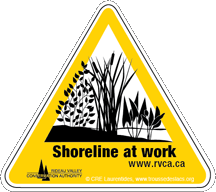 What’s in it for you?
What’s in it for you?
Naturalizing a shoreline can have many practical and environmental benefits:
- Reduces water run-off that causes algae blooms and excessive weed growth;
- Significantly reduces shoreline erosion and makes your shoreline more resilient;
- Much cheaper and more eco-friendly than rock-based “rip rap” shorelines;
- Discourages geese;
- Invites more wildlife to your backyard paradise;
- Leaves less lawn to mow and more time to relax and enjoy the view.
Why naturalize?
Ninety per cent of all lake and river life depends on a healthy shoreline to survive. But this “ribbon of life” also plays a crucial role in filtering out pollutants, reducing erosion and easing flood risks. By adding a natural buffer between your home and the water, you are protecting the health of our drinking water, ecosystems and shores.
What about my water access?
We know that convenient water access is paramount to an idyllic waterfront experience. Staff will work with you to prepare a customized plan that maintains your water access and your view.
What’s involved?
1. Site visit: RVCA staff will visit your property to discuss your vision and assess planting potential. Site visits can be scheduled for June through October.
2. Custom planting plan: Staff will work with you to develop a unique plan for your property, including recommendations for the best native species for your property’s growing conditions. They’ll discuss how you’d like to maintain your water access, seating areas and your view.
3. Choose your plants: You can choose which native trees and shrubs you’d like based on your custom planting plan and the RVCA’s available species list, and we’ll order them for you. The cost of the plants is subsidized.
4. Delivery and planting assistance: In spring, we’ll deliver your plants and, if you choose, we can even do the planting for you!
Who is eligible?
- Waterfront landowners along wetlands, streams, rivers and lakes within the Rideau watershed, who commit to maintaining a healthy shoreline;
- Lake associations, river groups or other not-for-profit groups within the Rideau watershed interested in completing shoreline demonstration sites, community plant hand-outs, or other shoreline stewardship projects.
Scroll over the pins to learn more about healthy shoreline habits:

Want to learn more? Contact:
613-692-3571 ext. 1192 or 1-800-267-3504 ext. 1192 or
Resources:
- Shoreline Naturalization Program Species Availability List (PDF)
- Example Shoreline Buffer Plan (PDF)
- Solutions for Shoreline Erosion: A Basic Guide to Bioengineering (PDF)
- Solutions pour l’érosion riveraine — Introduction au génie biologique (PDF)
- Benefits of a Natural Shoreline (PDF)
- How to Naturalize Your Shoreline (PDF)
Volunteers
The Shoreline Naturalization Program works closely with many volunteer groups to restore shoreline areas including Scouts, High Schools and corporate groups. Individuals interested in helping plant can register through the City Stream Watch Program.
Check out some before-and-after photos of recent projects:
The Rideau Valley Rural Clean Water Program (RVRCWP) offers grants and technical assistance program for on-farm and rural projects that protect water quality in the Rideau River watershed outside the City of Ottawa (see map). We work in partnership with individual landowners to help protect the land and water we all rely on.
The RVRCWP is guided by a Steering Committee made up of local citizens drawn from farm organizations, environmental interest groups as well as all levels of government with a direct link to the water environment. Projects completed create a win-win situation all around. The landowner gets a helping hand with the financing of conservation work, the program sponsors get the pleasure of giving back to their community, and our children and grandchildren get to enjoy a clean healthy Rideau River as our legacy to them all.
If you are interested in applying, contact the RVCA at 613-692-3571 ext. 1136 to register your information and confirm eligibility.
Ready to apply? Download your application form here or click here for instructions. Please note you will need Adobe Acrobat Reader to e-sign your form.
RVRCWP Eligible Project Categories
| Eligible Projects/ Click here to view project details, download RVRCWP brochure | Maximum Grant % | Maximum Grant $ |
|---|---|---|
| Clean Water Diversion* | 50% | $5,000 |
| Surface/Wastewater Treatment/Management* | 50% | $5,000 |
| Livestock Restriction from Water–Livestock Crossing, Alternate Watering, Fencing* | 90% | $7,500 |
| Pesticide/Chemical/Fertilizer/Fuel Storage and Handling Facility* | 50% | $1,000 |
| Nutrient Management Plans/Precision Farming* | 50% | $1,000 |
| Manure Storage/Treatment* | 50% | $15,000 |
| Controlled Tile Drainage* | 80% | $1,000 |
| Erosion Control - Field and Tile Outlet* | 90% | $3,500 |
| Cover Crops* | $50/Acre | $1,000 |
| Land Retirement* | $150/Acre | $1,500/Year |
| Erosion Control - Shoreline | 90% | $3,500 |
| Buffers | 90% | $7,500 |
| Windbreaks | 75% | $6,000 |
| Forest & Wetland Management Plans | 75% | $750 |
| Private Sewage System Repair | 50% | $1,000 |
| Well Upgrade | 50% | $500 |
| Well Decommissioning | 90% | $1,000 |
| Well Replacement | 50% | $2,000 |
| Education Initiative | 75% | $1,000 |
| Innovative Projects | 50% | $5,000 |
*Available only to farmers with an Environmental Farm Plan (EFP)
Please note: program grant rates may change without notice or be adjusted by the Review Committee.
More questions? Click here to view our FAQs (frequently asked questions).
